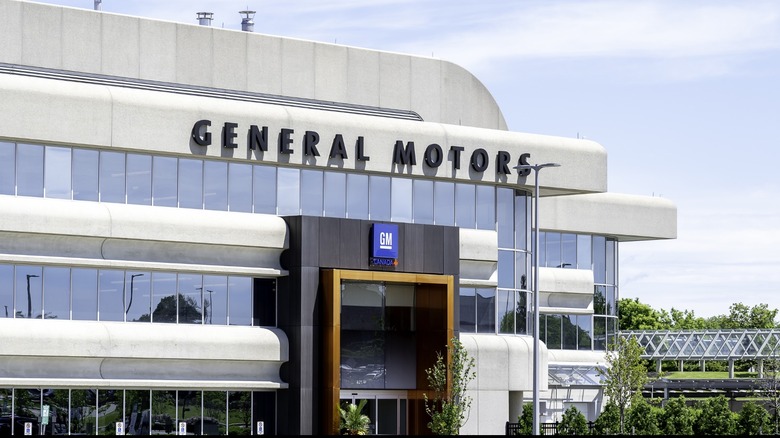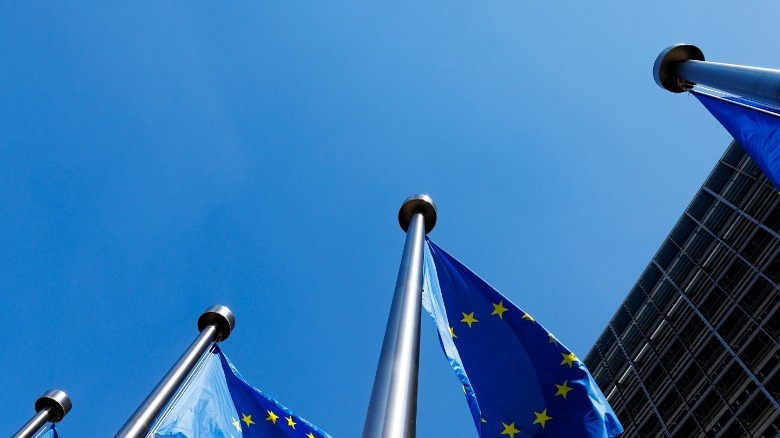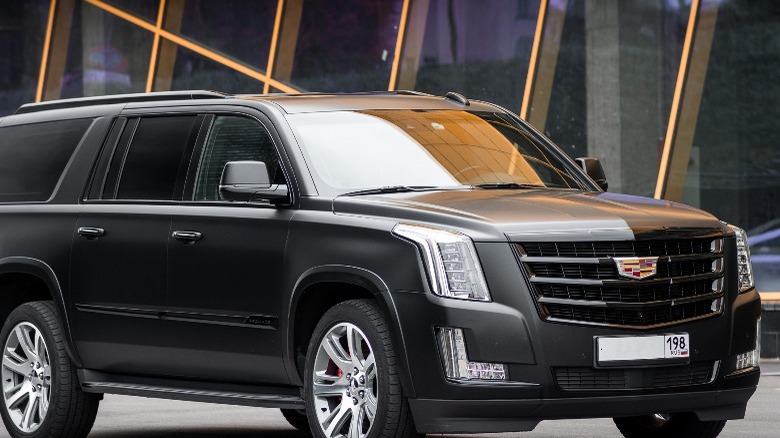The Reason General Motors Sold Opel
When General Motors acquired Opel in 1929, Alfred P. Sloan Jr, then the CEO of GM, thought it would cement his company as a giant in the European market. It did, for a time. Opel thrived under GM for a decade, and by the time World War II began, it was the largest automaker in Europe.
Just as the '70s rolled around, Opel remained popular in Europe, holding the title of a reliable car brand and beating its fierce Volkswagen competitor in Germany. However, this success was relatively short-lived, and as GM switched its focus to the balance sheet instead of quality, Opel saw a decline in its market share.
The first idea to sell Opel was in 2009. The then-CEO of GM, Fritz Henderson, tried to pitch the move to the board but was denied. Henderson's attempt to sell GM's majority stake in Vauxhall and Opel wasn't far-fetched, seeing as General Motors navigated its way out of a murky bankruptcy.
Fast forward to March 6, 2017, and Henderson's too-early suggestion became a prophecy. General Motors ultimately backed out of Europe, selling Opel and Vauxhall for $2.2 billion (a loss) to PSA Group, the French manufacturer behind Peugeot and Citroen.
But why couldn't GM make a comeback in Europe? What led it to let go of its European holdings?
Chronic financial losses and Brexit
From 2011 to 2017, reports indicate that GM Europe lost an average of $1 billion yearly. Now led by Mary Barra, GM was looking to leave its troubled history behind, and Barra's eyes narrowed on the unprofitable European balance sheet.
The first strategy was to change the management, and in July 2014, Karl Thomas Neumann assumed the position of CEO at Opel. Neumann, an experienced industry expert, tried his best, and the brand neared profitability in 2016 but couldn't quite reach it. According to Autoweek, Carlos Tavares of PSA said the company couldn't keep "Making red ink for 10 years."
Perhaps Opel, under Barra and Neumann, would have reached profitability. But we would never find out because the Brexit referendum came along in that promising 2016. The economic effect of Brexit on the car industry, in general, was palpable, but already-shaky Opel took the blow harder than others. Newspapers reported Opel/Vauxhall cutting production and reducing staff hours to adjust to the economic climate. One of the cars affected by this decision was the Corsa, the second-best-selling car in the UK at the time.
GM couldn't take the risk with the shifting geopolitical landscape, and that was the proverbial straw that broke the camel's back.
General Motors chose to focus on the U.S. and China
Selling American cars in Europe has always proved to be a challenge. European brands hail from different countries and compete furiously for more market share. Ford, for instance, has always struggled to reach its full glory in the European automobile space. In fact, a few years back, Ford discontinued the Mondeo in Europe. Consequently, GM didn't do well. It couldn't stand out as the most reliable or cheapest and had little consumer brand loyalty on the continent.
Besides, General Motors' best cars were big automobiles like Cadillacs and pickup trucks. Selling such vehicles in Europe was difficult because Europeans preferred smaller or mid-sized vehicles. According to Insider, Ammann of GM said that the cars produced in Europe constitute only 20% of their total platforms. This makes it much more expensive to scale up European production since the platforms can't be effectively replicated in other markets.
Furthermore, Insider also reported that the love for SUVs and trucks driving GM's sales in America was emerging in China — which was doing better in sales than the U.S. already. From a business strategy perspective, it makes more sense to detangle from a market that doesn't fit the overall theme of the brand.


